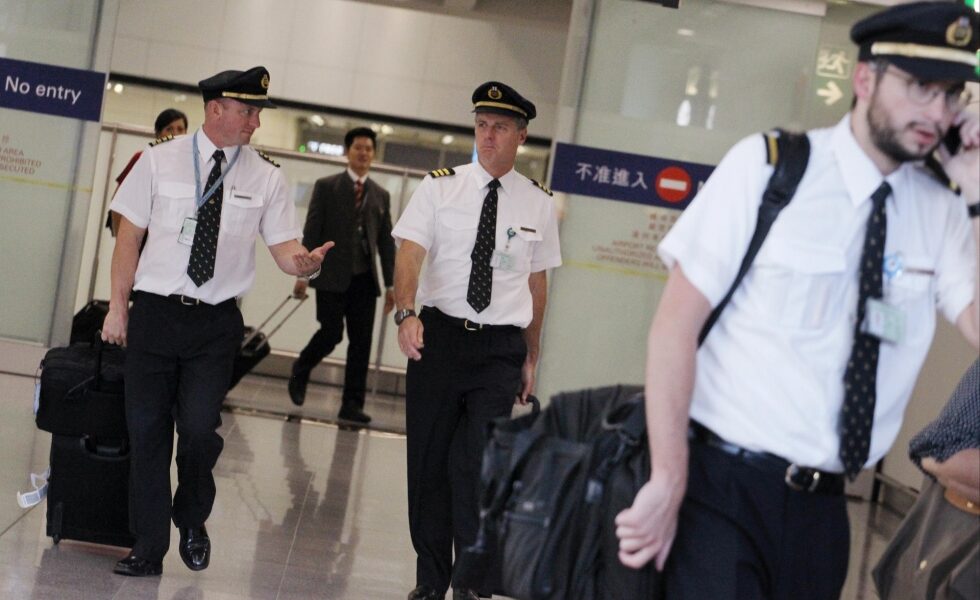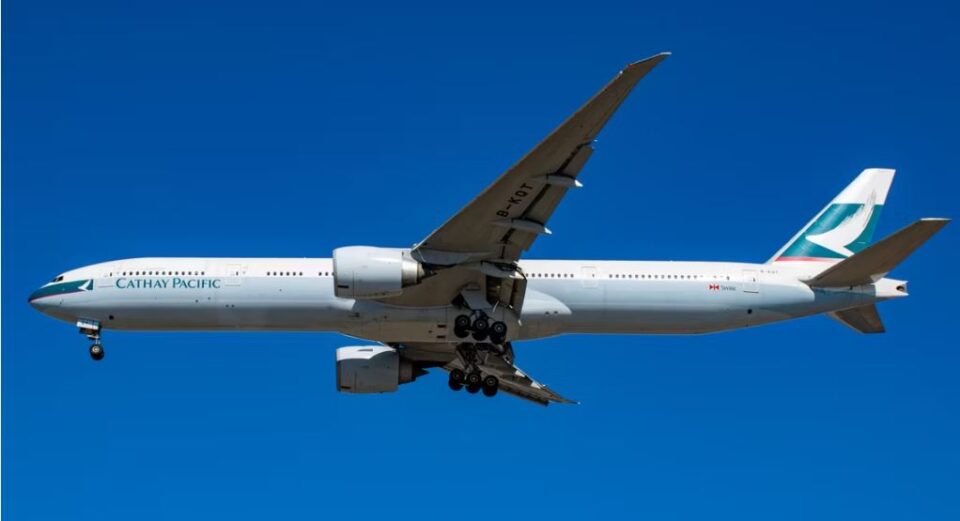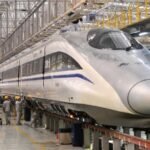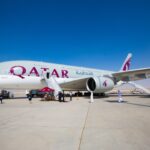It has been claimed that Cathay Pacific pilots have started taxiing their planes at slower than usual speeds.
According to recently made public reports, the Hong Kong-based airline Cathay Pacific emailed its staff about a recent internal investigation that revealed there had been recent findings that suggested the airline’s pilots have been taxiing at slower speeds than other airlines, causing runway congestion.

The airline has said that it will disregard any earlier reports, but going forward, if an aircraft is observed taxiing at slower speeds than usual, the necessary measures will be taken to address the problem. Disciplinary proceedings against pilots who taxi at poor speeds for arrivals and departures and perhaps cause runway congestion are one possibility here.
The value of reasonable speed
While maintaining safe separation during taxiing is crucial, it’s also crucial to reduce taxi times to a minimal in order to keep the flow going. When conditions allow, taxiing is said to be possible at speeds up to 30 knots, but data from Hong Kong International Airport suggests that most of the time, speeds between 15 and 20 knots may be reached.Environmental effects may also result from congestion on a runway or taxiway.
On the one hand, delayed airplanes on the ground will have to use more fuel than necessary while their engines are running in the idle state. However, if the runways and taxiways aren’t promptly freed up by the preceding aircraft, the aircraft approaching the airport may have to slow down or possibly cancel its approach or landing, increasing flight times and fuel consumption.
The Federal Aviation Administration (FAA) and National Aeronautics and Space Administration (NASA) finished testing software in 2021 that allows an aircraft to push back from its gate and get to the runway with minimal delays, thus reducing the time it spends on the ground. Once it takes off, the aircraft can then be sent into high altitude en route traffic towards its destination.
Why the cab is moving slowly
It has been argued that one reason pilots could taxi slowly is to extend their overall flying duration and earn more money per flight.The reason for this is that Cathay Pacific was one of the airlines that was severely hit at the beginning of COVID-19, with revenue falling by 98%. In order to survive, the airline had to lay off 20 to 30 percent of its workforce, and the remaining employees experienced salary cuts, including forcing pilots to accept permanently lower salary contracts or risk losing their jobs.
Although the airline has recovered to 50% of its pre-pandemic operations three years after the pandemic began, personnel salaries are still 30% less than their pre-pandemic pay. The employees’ complaints about the new contracts the airline is offering are also apparent.
While it’s crucial to keep a safe distance between vehicles on the ground and to avoid taxiing too quickly, it’s equally critical to think about the environmental effects of taxiing slowly and creating traffic jams both on the ground and in the air. Because every component of aviation is interrelated, any interruption in one area might have repercussions across the entire industry.
Hong Kong’s airport administration and the markets in which we are active are tightly coordinated by Cathay Pacific. Any feedback from our discussions is taken carefully. Our first goal is always safety. We take great satisfaction in our high levels of expertise and operational standards.




